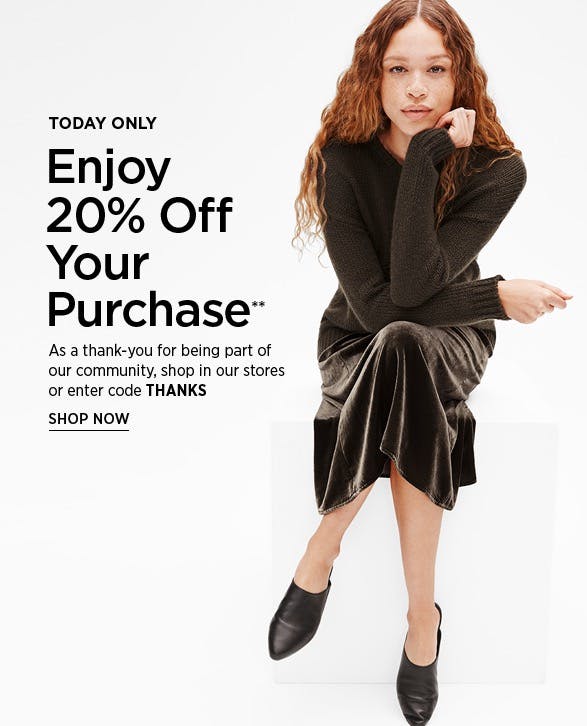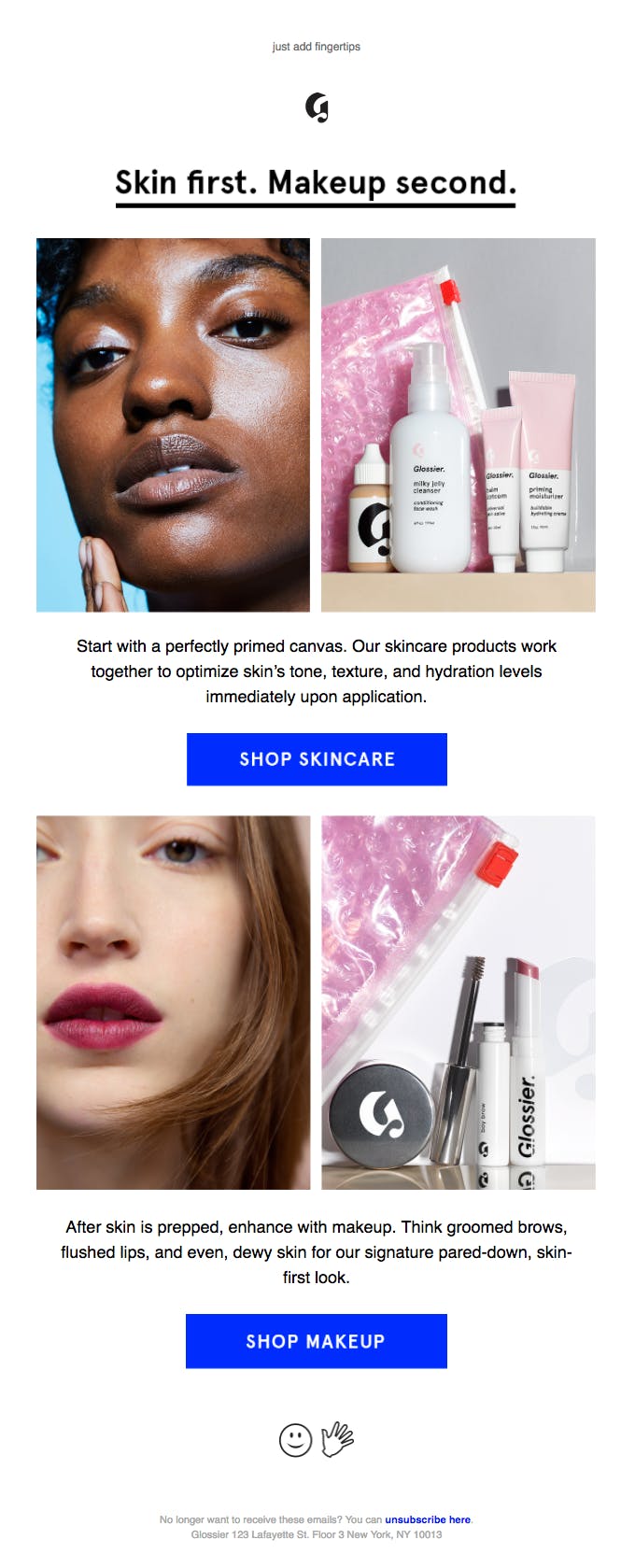The eCommerce Guide to Black Friday 2020: How Black Friday will be different in 2020
How Black Friday will be different in 2020...
By now we’re all very aware of the dramatic shift that the eCommerce sector has gone through in 2020 so far. With Adobe reporting Black Friday levels of shopping and spending during the months of April & May, it already has us wondering what the big event itself will look like this year.
Preparing for the silly season
Despite the global pandemic, Rakuten Advertising’s consumer study found that over 70% of consumers don’t plan on decreasing spend during peak shopping days in the latter half of the year. With the (traditionally) biggest shopping week of the year just around the corner starting November 27th (only 3.5 months away!) it’s important to begin to prepare for Black Friday and Cyber Monday from now, especially when we know shopping behaviour and expectations have fundamentally and permanently changed.
With big changes comes big possibilities, so take stock of what’s happened this year and use the learnings from the first half of 2020 to help you plan and inform your marketing strategies during the second half of the year! We’ve provided some recommendations across the three key areas of price, product & customers to help you plan for this.
Price: It’s not just about the discount anymore
The effects of a global pandemic have certainly made consumers think about who they’re purchasing from, and whether their personal values align with the brands. For example, there’s been a rise in the conscious consumer which puts the spotlight on what brands are doing when it comes to community, sustainability, and ethical consumerism.
When thinking about your Black Friday offers this year, you can draw inspiration from brands like Eileen Fisher who offered 20% off as a thank you for being part of their sustainable community or Everlane who promoted a ‘You Order, We Donate’ Black Friday Fund campaign to put an end to plastic use, or Yawn London who ran a ‘You Save, We Give’ campaign in support of Women’s Aid.

Next, take the time to look back at different offers you’ve run in the past to understand what may work best against competitors and the likes of e-tailers, especially if you’re in the beauty industry. A spend & save offer may actually work out better in terms of price savings for the customer, but we know that people are ultimately more motivated by % discount offers accompanied with perks like free shipping. Brands should avoid discounting in the lead up to this event to avoid diminishing the impact of this shopping event.
Product: Getting crafty with your product strategy
Whether you’re part of the beauty, home or fashion industries, the events of the first half of the year mean that purchasing habits have shifted with the rise of new consumer needs and essentials. In a world where we couldn’t leave the house, online fashion retailers reported a 23% year-on-year decline in sales for the month of March. Based on this, you might be in a position where you need to shift different stock or products that didn’t sell as well in the first half of the year as they usually would.
Shifting excess stock doesn't need to be complicated. Bundling is a great way to not only move excess stock during Black Friday but has the added benefit of achieving higher average order value at the same time. For example, beauty brands can bundle fast moving products with slow moving products (or alternatively high margin items with low margin items) to make the offer far more enticing for people. Fashion retailers can get their high spend customers excited with sneak-peak offers, or early access to those categories that they know will sell well to make a dent early on.
It goes without saying that a dedicated landing page featuring all products part of your Cyber Week offer should be created in preparation as it can take a while for this page to begin to rank in Google. Push it live now (without any products), and instead give customers a taste of what offers are in store for them when the day arrives. When they find the page, having a website email capture form is one way to build your database and send out exclusive first access offers to get people excited.
Customers: Nurturing your new customers before the big day
Don’t leave your new customers hanging! Our global study of 24 clients during COVID-19 revealed that half of these brands saw new customer numbers grow at a greater rate than returning customers. The worst thing that brands could do right now is be complacent and expect new customers acquired during this tumultuous time to simply purchase again during the busiest and noisiest retail period of the year.
The hard work to ensure your new customers turn into brand loyalists by Black Friday needs to start from today. Using retention tactics like Google/Paid Social remarketing, or Email flows to create nurture touch points throughout the year with these customers to keep you top of mind will help with this.
A non-intrusive way to go about this in the lead-up to Cyber Week is an educational and genuinely useful email sequence, similar to what Glossier has done with these simple tips for priming your skin with products prior to applying make-up. Understand what your customers pain points are, and apply this in a fun, visual way to create an Email experience that provides value.

Customers: Leveraging your customer database
To create valuable Email flows, you need to segment your customer database accordingly. During Black Friday 2019, Shopify merchants saw their highest conversion rates from Email marketing, so needless to say this is one tactic to nail during in the week leading up to and during Cyber Week. Segmenting your database by behavioural attributes like recency, frequency and spend will allow you to send the right message to the right person.
Spend - VIPs / High Value Purchasers: Identified by their high AOV and high frequency purchases, they will respond to early access, sneak peaks, exclusive perks, higher priced and best-selling items.
Frequency - Repeat Purchasers: They’ve been nurtured all year so are brand loyal, but will need to see specific product recommendations based on past purchases and exclusive Black Friday benefits like free shipping, or discounts on products that normally wouldn’t be on sale.
Recency - Website Browsers (30 days): Having shown interest and intent recently, these browsers need something to get them over the line. They may have even already been browsing for items they can cart on Black Friday at a discount. Use remarketing across different channels to ensure your brand stays top of mind, showcase your exclusive Black Friday deals in your remarketing ads, and ask website visitors to sign up to your newsletter for early access.
Once you've created these segments you can also bring them across to your Facebook ads manager to create custom audiences for remarketing purposes, and tailor ads based on what each segment's interests are. We’ll explore this important tactic further in the coming weeks.
Let the countdown begin...
This year has been a bit of a whirlwind (to say the least), so don’t let the busy retail period sneak up on you. Keeping in mind the recent changes to the eCommerce landscape, start to plan out everything across your price, product & customer strategies from today. To give you ideas on your promotional strategy, keep an eye out for our articles covering Awareness, Acquisition & Retention tactics in the coming weeks! If you have any questions about this article or would like to discuss your Black Friday digital marketing strategy, let's talk.
